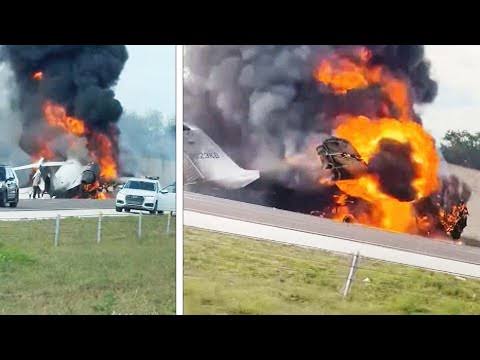
The disaster took place while the team was on its way back from a European Cup Winners’ Cup match in **Rotterdam**, the Netherlands, when the plane, a **Dove aircraft** operated by **Aston Villa’s club charter**, crashed during an emergency landing attempt at **Munich-Riem Airport**. There were a number of fatalities, including **several first-team players**, club officials, and the pilot. Among the notable victims were **Vic Crowe**, the manager of the club, and several well-k

Those who lost their lives in the crash include **Jeff Whitefoot**, a central defender, **David A. S. (Jimmy) Dugdale**, who had been a key midfielder, and **Peter McParland**, one of the club’s best-known strikers. Their deaths left a void at the club, which took years to heal. The team’s recovery from the crash wasn’t just about replacing the players who died, but also overcoming the emotional scars left on the remaining squad and supporters.
While the names of those who died are etched in history, the impact of the tragedy continues to resonate. The club’s recovery from the 1962 disaster became an inspiring story of resilience, as Aston Villa went on to rebuild their team and eventually go on to achieve new heights, including winning the **European Cup** in 1982. But the memory of those lost in the plane crash still serves as a solemn reminder of the fragility of life and the enduring spirit of the Aston Villa family.
Each year, fans of the club gather to remember the players, coaches, and staff who tragically lost their lives. The players, though no longer with us, will always be remembered as an integral part of Aston Villa’s rich history, and their legacies live on, not only in the annals of the club’s record books but in the hearts of fans.
nown players who had been pivotal in the team’s successes.
Leave a Reply